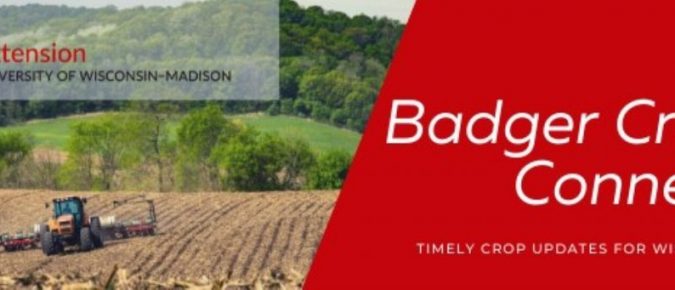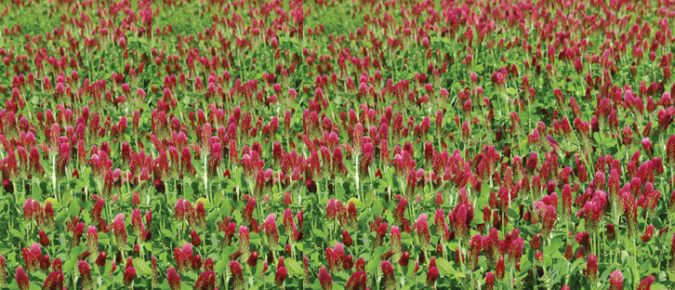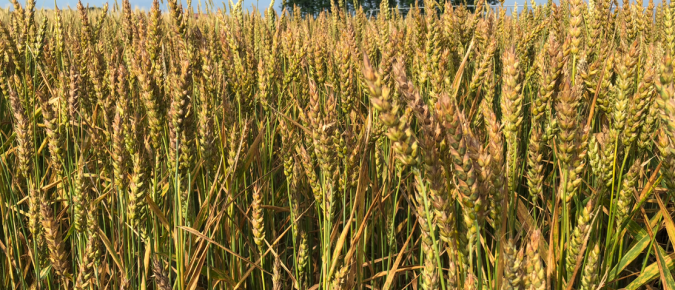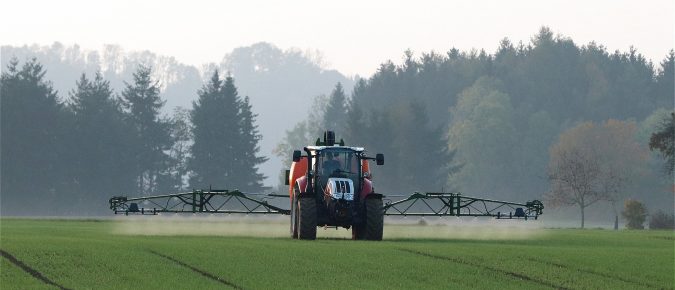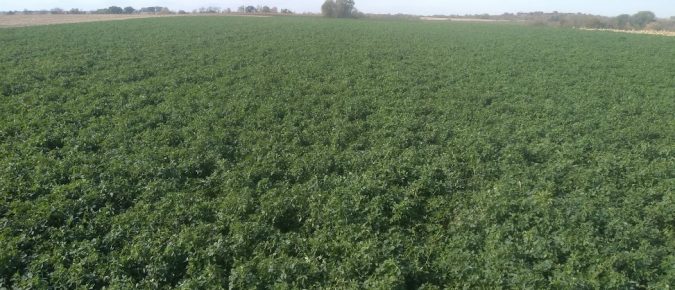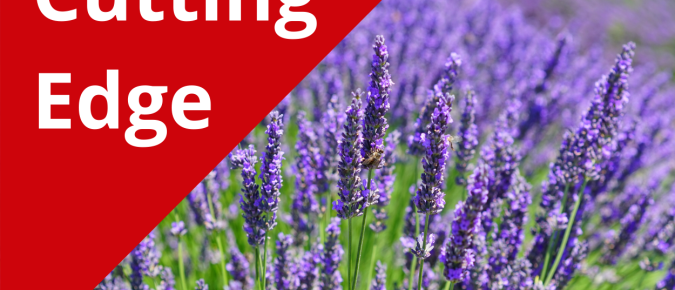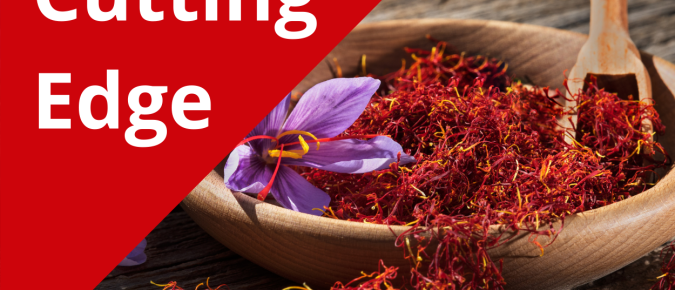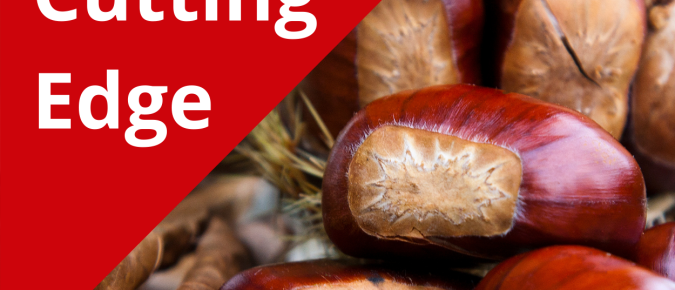Articles
Wheat Stand Assessment and Spring Fertilization
Resources from the March 10, 2021 webinar.
Decision making tools
Decision making tools discussed in 2020 Badger Crop Connect webinars.
Cover Crop Resources
Cover crop resources from Badger Crop Connect 2020 webinars.
Extension Specialists’ Presentations
Extension Specialists’ presentations from Badger Crop Connect 2020 webinars.
Weed Control Publications
Weed control publications discussed on Badger Crop Connect 2020 webinars.
Pest Management Guidelines
Pest management guidelines from Badger Crop Connect 2020 series
The Cutting Edge Podcast Episode 15: Lavender
Lady J (Kehaulani Jones) of Rowley Creek Lavender joins hosts George Koepp and Alana Lynn Voss to discuss growing and marketing lavender in Wisconsin.
The Cutting Edge Podcast Episode 14: Saffron
Hosts Jerry Clark and Evan Henthorne interview Jon Pylypiv, a saffron grower at Bread Basket Farm in Hortonville, WI and Margaret Skinner and Arash Ghalehgolabbehbahani, researchers at the University of Vermont North American Center for Saffron Research and Development.
The Cutting Edge Podcast Episode 13: Chestnuts Part 3-Processing and Marketing
Roger Smith of Prairie Grove Chestnut Growers joins host Jason Fischbach to discuss chestnut processing and marketing. Prairie Grove is a processing and marketing company with more than 60 chestnut growers in the Midwest.
The Cutting Edge Podcast Episode 12: Chestnuts Part 2-Production
Tom Wahl of Red Fern Farm joins co-hosts Jason Fischbach and Jerry Clark to discuss chestnut production.

